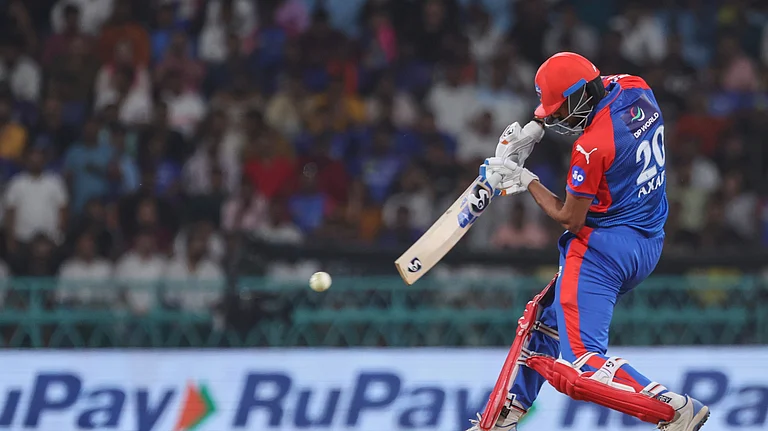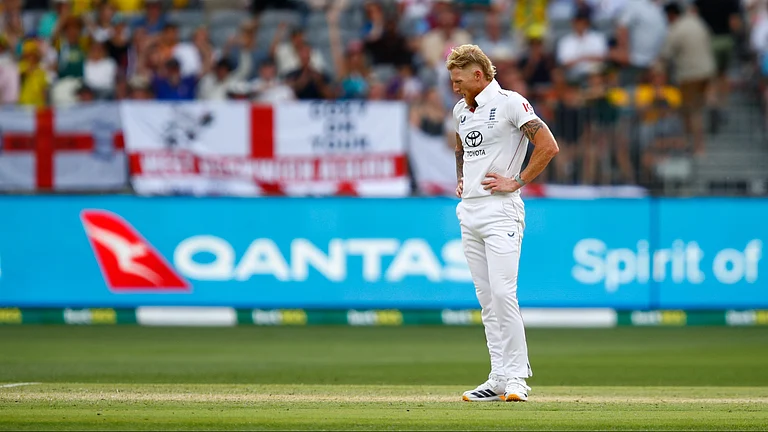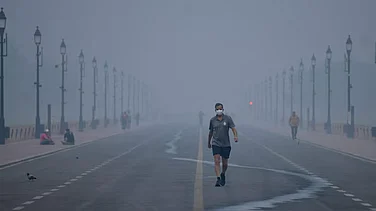In a win for the feminist movement, women’s rights activists, and political leaders across the country, the Union Cabinet led by Prime Minister Narendra Modi on Monday cleared the historic women’s reservation bill during a special session of Parliament on Monday. The Bill, which essentially seeks to secure 33 percent reservation for women i.e., one-third of all seats in the Lok Sabha and state assemblies for women, has long been a hotly debated topic in Indian politics.
The Modi government is likely to reap electoral benefits for the political reform, but the bill has long been in the pipeline with several governments mulling over the idea, only to be rebuked by male-dominated parties. While the Modi government’s women-friendly schemes have been an asset for the party with its solid women voter base, leaders like Rajiv Gandhi and PV Narasimha Rao, HD Deve Gowda, also made immense contributions towards furthering women’s representation in politics.
While debates about the reservation date back to before independence, the question picked up pace after the 1987 Congress government under Rajiv Gandhi.
Here’s a brief timeline to understand the political journey of the women's reservation bill:
- In 1987, Prime Minister Rajiv Gandhi’s government constituted a 14-member committee led by Union Minister Margaret Alva to give recommendations to the PMO for improving the status of women. Among the 353 recommendations the committee made was one regarding the reservation of seats in electoral bodies.
- In 1992, Prime Minister PV Narasimha Rao's government passed the 73rd and 74th Constitutional Amendment Acts which mandated 33.3 percent reservation for women in Panchayati Raj Institutions including the chairperson’s office across the country. The move was based on recommendations made by the committee constituted by Gandhi.
- In 1996, Prime Minister HD Deve Gowda's government tabled the first women’s reservation bill. The Constitution (81st Amendment) Bill, sought reservation in one-third of seats for women in Parliament and state legislatures.
- The Bill led to questions about the representation of OBC women and whether a women’s reservation bill would benefit them equally. A 21-member Select Committee of Parliament which included several senior leaders across parties like Mamata Banerjee, Sushma Swaraj Nitish Kumar, Sharad Pawar, and others was formed to look into the matter fooling objects by parties with OBS voter or leadership bases. Following the committee’s report, the bill was tabled again the same year but this time, it lacked political will.
- Under IK Gujral who took over from Gowda in 1997, the government held two rounds of all-party meetings and the bill received further disapproval from OBC leaders in May 1997 when it was taken up again. The criticism was that without a reservation for OBC women like SC-ST women, the Bill would be toothless.
- In 1997, the bill lapsed after Congress withdrew support from the Gujaral government following outrage over the Justice M C Jain Commission report on Rajiv Gandhi's assassination.
- In 1998, women leaders like Mamata Banerjee and BJP’s Sumitra Mahajan demanded that the Atal Bihari Vajpayee government pass the reservation bill. The discussions heated up when Law Minister M Thambi Durai rose to introduce the Bill and RJD MP Surendra Prakash Yadav snatched it from his hand and tore it. These actions had the support of OBC leaders like Lalu Prasad and Mulayam Singh Yadav. Banerjee was at the forefront of the demand and often seen getting physical for instance in December 1998 when she physically stopped SP leader Daroga Prasad Saroj from reaching the Speaker’s table by pulling him by the scruff of his collar.
- The Bill lapsed again, however, in 1999 when the Lok Sabha was dissolved after Jayalalitha withdrew support from the BJP government. But the issue did not die down and in the winter session of the same year following the election of Vajpayee, his Law Minister Ram Jethmalani introduced The Constitution (85th Amendment Bill) for women amid massive outrage and disruptions, especially by leaders of RJD and SP.
- As the issue remained in deadlock in the next year, the Election Commission asked political parties their opinion on reservations for women in 2000.
- In 2003, the Vajpayee government called an all-party meeting in which the PM yet again tried to garner consensus and support for the reservation but remained unsuccessful.
- His successor Prime Minister Manmohan Singh and Congress leader Sonia Gandhi continued the efforts harbingered by Rajiv Gandhi and in 2005, Sonia hosted a meeting amid UPA constants and Left parties in a bid to gauge the reaction towards consensus. It was indeed Manmohan Singh who even reached out to the BJP to garner a consensus over three issues - including bringing back the Women’s Reservation Bill.
- In 2008, the UPA government led by Singh introduced The Constitution (108th Amendment) Bill, 2008 in Rajya Sabha to reserve one-third of all seats for women in Lok Sabha and the state legislative Assemblies, including one-third of the seats reserved for SCs and STs. In 2010, the Singh cabinet approved the Bill and it was also passed in Rajya Sabha. However, it never came up in Lok Sabha and ultimately lapsed again after the Lower House was dissolved.
- In 2013, the Ministry of Women and Child Development under Singh constituted a committee on the status of women, which recommended: “Ensuring at least 50 per cent reservation of seats for women” across electoral bodies.
- Since 2014, the BJP has been mentioning the Women’s Reservation Bill in its election manifesto (2014, 2019).


























